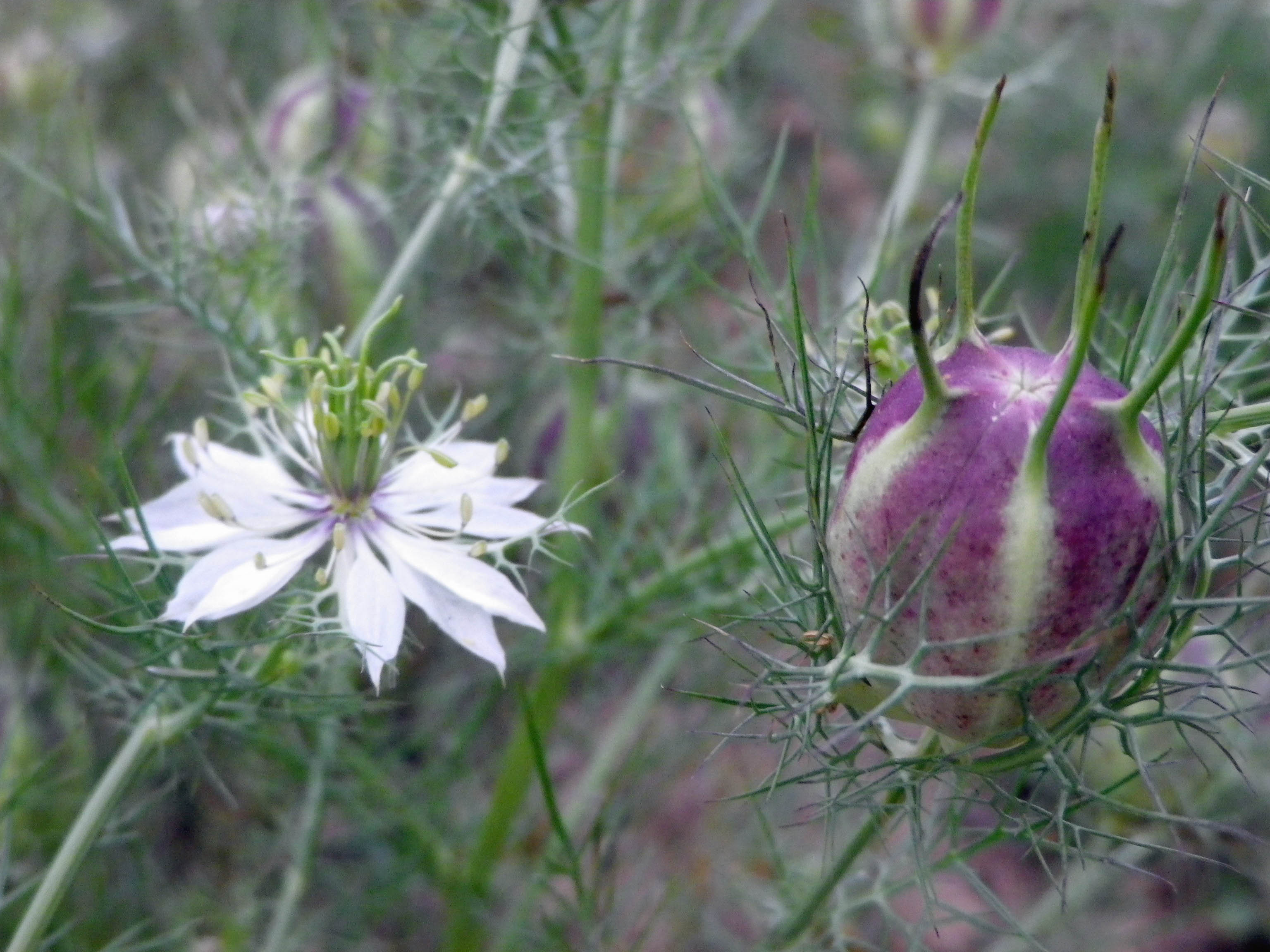

We further reveal that AFE inhibits CRC cell proliferation by inducing mitochondrial dysfunction, which results from the activation of p53 and induction of apoptosis and senescence, and inhibits autophagic degradation. Here, we identify that AFE is a safe, natural antioxidant and exerts significant antitumor efficacy on the inhibition of CRC cell proliferation and metastasis as well as tumour growth in vivo. In this study, we extracted and purified flavonoids from okra flower (AFE), and aimed to evaluate the effect of AFE and its underlying mechanism on colorectal cancer (CRC) cell growth in vitro and in vivo. The leaves are simple (i.e.Okra flowers contain a higher content of total flavonoids than most other flowers however little research has been conducted on their potential benefits, including antitumor activity. There is one leaf per node along the stem The leaves are simple (i.e., lobed or unlobed but not separated into leaflets) The leaf blade margin has outward-pointing teeth The petiole base is narrow where it attaches to the stem The petiole attaches at the basal margin of the leaf blade The leaves are green, with an expanded blade and a leaf-like texture

The leaves drop off in winter (or they whither but persist on the plant)

The upper side of the leaf blade is relatively uniform in color the leaf blade is spatulate (spoon-shaped narrow near the base, then suddenly widening to a rounded tip).the leaf blade is ovate (widest below the middle and broadly tapering at both ends).the leaf blade is oblong (rectangular but with rounded ends).the leaf blade is elliptic (widest near the middle and tapering at both ends).The leaf blade has simple hairs with no glands, and not tangled or wooly the edge of the leaf blade has lobes, or it has both teeth and lobes.The base of the leaf blade is cordate (heart-shaped, has rounded lobes at the base) The leaf has a distinct leaf stalk (petiole) The upper side of the leaf is fuzzy or hairyĪlternate: there is one leaf per node along the stem The underside of the leaf is fuzzy or hairy The fruits do not have thorn-like defensive structuresįinal leaf segment length (compound lvs only)įinal leaf segment length to width ratio (compound lvs only) The seed is smooth or without clear markings the seed is about as long as it is wide.The plant has axile placentation, in which the ovules are attached where the septa of a compound ovary are united, usually on the central axis, or to the septa themselves The fruit is a capsule (splits along two or more seams, apical teeth or pores when dry, to release two or more seeds) The fruit is dry and splits open when ripe The stigmas are positioned at the tip of the style The stamens are attached to one another at or near their bases the stamens are not attached to the petals or tepals.the stamens are attached at or near the bases of the petals or tepals.The sepals are fused to each other (not other flower parts), at least near their bases The sepals do not have appendages on them The petals of the flower do not have folds or plaitsĪll the flowers have both carpels and stamens (synoecious) The petals are thin and delicate, and pigmented (colored other than green or brown) The ovary is above the point of petal and/or sepal attachment There are five petals, sepals, or tepals in the flower the petals or the sepals are fused into a cup or tube.both the petals and sepals are separate and not fused.There are two or more ways to evenly divide the flower (the flower is radially symmetrical) The flower has both pollen- and seed-producing parts The flower has a superior ovary, and lacks a hypanthium There are no cleistogamous flowers on the plan The anthers have narrow slits or furrows that run lengthwise along the anthers


 0 kommentar(er)
0 kommentar(er)
